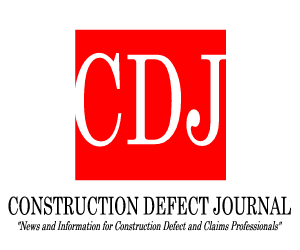
The Complex Insurance Coverage Reporter highlights significant legal developments for complex insurance claims and coverage litigation.
CLAIMS-MADE COVERAGE
Zurich Am. Ins. Co. v. Syngenta Crop Prot. LLC, 2024 Del. LEXIS 68 (Del. Feb. 26, 2024)
Delaware Supreme Court concludes that a letter from a lawyer informing an insured of possible lawsuits without identifying potential plaintiffs or demanding payment is not a “claim for damages” within the meaning of claims-made CGL and umbrella liability policies. Citing case law from Delaware and other jurisdictions, it reasoned that, in the ordinary sense, a “claim for damages” (which the policies did not define) is “a demand or request for monetary relief by or on behalf of an identifiable claimant.” According to the court, the letter in question did not meet this definition because it did not identify any claimants “except in the vaguest terms” or request monetary relief on any claimant’s behalf, but rather communicated only a threat of future litigation. As a result, the letter was not a claim made before the policy periods at issue.
POLLUTION EXCLUSION
Wesco Ins. Co. v. Brad Ingram Constr., 2024 U.S. App. LEXIS 1488 (9th Cir. Jan. 23, 2024)
A divided Ninth Circuit panel, applying California law, holds that a pollution exclusion* in a CGL policy does not preclude a duty to defend an underlying suit alleging physical injury from exposure to “clouds of toxic dust” deposited in the environment by a wildfire and released during clean up efforts. Citing MacKinnon v. Truck Ins. Exch., 73 P.3d 1205 (Cal. 2003), the majority explained that determining whether a “pollution event” (i.e., “environmental pollution”) resulting in excluded injury has occurred involves consideration of “the character of the injurious substance” and whether the exposure resulted from a “mechanism specified in the policy.” It concluded that a potential for coverage (and, therefore, a defense obligation) existed because, although wildfire debris may be considered a “pollutant” in certain circumstances, the mechanism alleged in the underlying complaint – “expos[ure] . . . to clouds of toxic dust during the loading and unloading of [the underlying plaintiff’s] truck” – did not clearly constitute an “event commonly thought of as pollution.”




